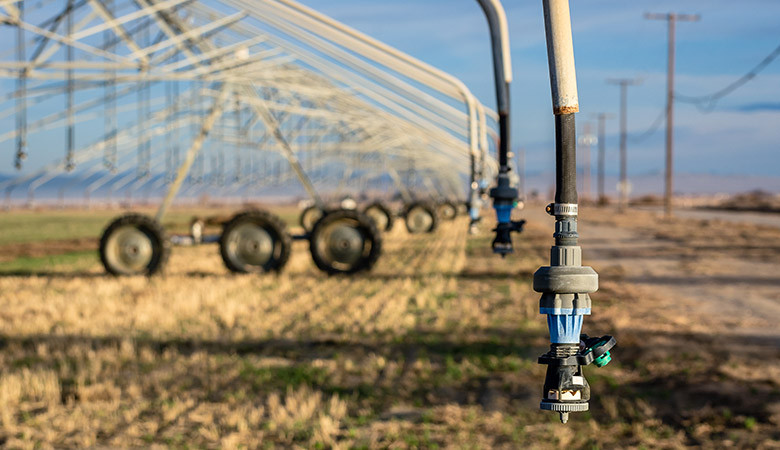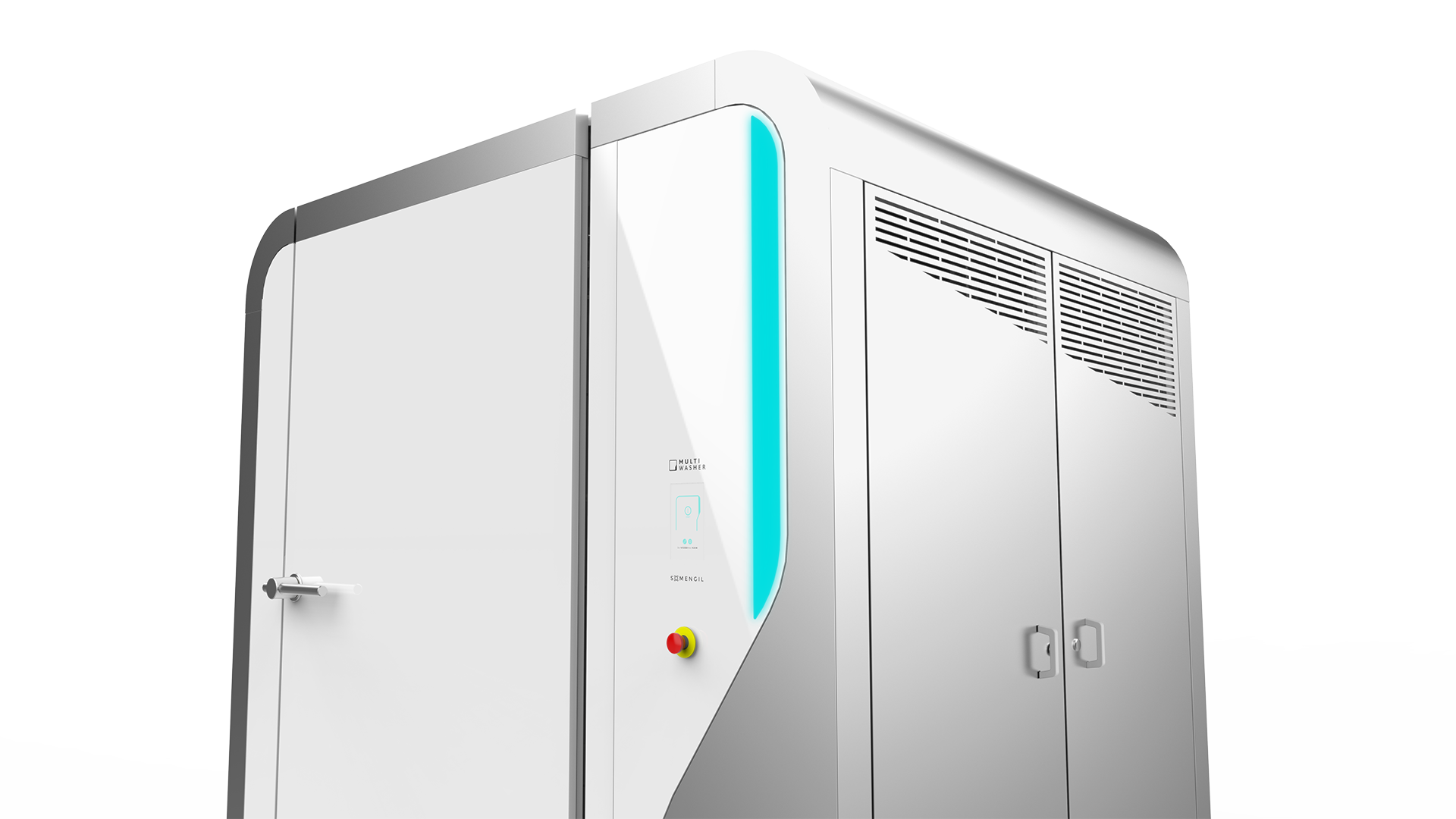Lavagem Industrial / Artigos
Saving water: 5 tips to apply in your operations
Despite repeated warnings, water consumption continues to grow at an unstoppable rate. Even on the face of increasing prices, tariffs and taxes, consumption for a wide variety of purposes – from food production to electricity generation – has been rising over the past 20 years and is estimated to continue to grow until 2050.

 6 minutos de leitura
6 minutos de leitura
2021-06-30 11:00:37
WATER CONSUMPTION BY SECTOR
Source: OECD
Companies answer for a large part of total consumption – and also foot the bill. Agriculture, for instance, is accounts for 70 percent of freshwater extracted worldwide. Another 20 percent is used in the production and processing industries, and only 10 percent is routed to domestic use.
Apart from the environmental and moral arguments for saving – two-thirds of the world’s population struggles to access clean drinking water – there is an obvious financial drive. And, thanks to technological breakthroughs in recent years, there are also more and more ways to do so. Here are the 5 key ones.
5 practical ways to save water in operations
From choosing equipment to improving processes, these are 5 practical ways to save water in operations.
1. Start by measuring water consumption
Technology is key to measure water consumption efficiency – the first step to saving. New smart sensors use Internet of Things (IoT) to display real-time water consumption on each machine or sector, compare it to standard values, and provide alerts for significant variations. A drop in pressure, for example, can be a sign of leaks that become to easier to fix if rapidly detected. They can be installed in existing buildings and in new ones and can make a significant difference in water consumption.
In some cases, such as in highly complex facilities, it may be necessary to perform a thorough water audit. This in-depth analysis pinpoints inefficiencies and potential savings in water consumption, comparing water performance in different departments with similar entities in the same sector. The result is an X-ray of the water facilities and a clear definition of where to focus water saving efforts.
2. Save water with efficient equipment in key processes
Replacing old machines with new, sustainable equipment can produce significant savings, especially in sectors that intensively use this resource. This is the case in agriculture, healthcare, food processing, or catering. In these areas, it is important to identify the processes that consume the most water, and focus continuous improvement efforts. Washing is one of these processes, and equipment with the ability to reuse and adjust the amount of water to the products to be washed saves water, energy and detergents. The MultiWasher, an industrial washing machine developed by Somengil, uses 2/3 less water than other industrial washing solutions.
3. Increase leak detection capabilities
Water leaks represent a major share of a company’s water consumption and often go unnoticed. Eliminating simple leaks can save about 10% of water costs, and in most cases requires only simple knowledge and tools.
Leak detection should be high on the priorities list for saving water in any company, especially for operators, who are the first to come into contact with the problem. Old leaky pipes, loose vales or taps, or lack of equipment maintenance are key sources of water losses that require continuous monitoring. In addition, it is important to conduct inspections every six months across every department to avoid wasting water.
4. Perform periodic maintenance
Periodic maintenance is critical to saving water in any business, but it is especially relevant for refrigeration and air conditioning equipment. Water used in this type of equipment represents up to 20% of total consumption in facilities such as hospitals and office buildings.
Washing equipment can also be a source of water waste if it is not properly maintained, following manufacturer’s recommendations. Pay special attention to filters to ensure more efficient washing cycles. This way, you will not only save water but also contribute to a longer lifespan of machines.
5. Set sustainability goals – and make them count
With real water consumption data, you can set achievable sustainability goals. Set a ratio of liters of water consumption to available square meters or units produced, for instance, so that you can evaluate progress. Leading sustainability organizations give these goals relevance and visibility by equating them with other business KPIs (such as sales or production output), and leaders discuss them regularly. Some public companies include these metrics in their accounting reports. It is a symbolic, but powerful decision: the goal is to show everyone inside and outside the company that reducing water consumption is to be taken very seriously.
Save water with Somengil, leader in sustainable industrial washing
In every business or industry, it is possible to take additional measures to save water and, as a result, increase operational efficiency and help the planet. Industrial washing process can be one of the major sources of water waste. To avoid it and achieve sustainability goals, rely on the latest industrial washing technology. The MultiWasher allows you to save ⅔ of water and 70% of detergent. See it in action in our webinar, and take an important step towards effectiveness and efficiency.
Também pode gostar

Lavagem Industrial / ArtigosArtigos
“Pressures on sustainability are increasing - but they can also drive innovation.”
André Quental explains how sustainability pressures can also power innovation.
Postado em 2024-08-29

Lavagem Industrial / ArtigosArtigos
Saving water: 5 tips to apply in your operations
Despite repeated warnings, water consumption continues to grow at an unstoppable rate. Even on the face of increasing prices, tariffs and taxes,...
Postado em 2021-06-30

Lavagem Industrial / ArtigosArtigos
Do, Doing, Done: What is Kanban and How to Use it
This is what you need to know Kanban and how it can improve workflow in every project.
Postado em 2022-12-15






















 Português
Português English (UK)
English (UK) English (USA)
English (USA) Français
Français Español
Español Deutsch
Deutsch